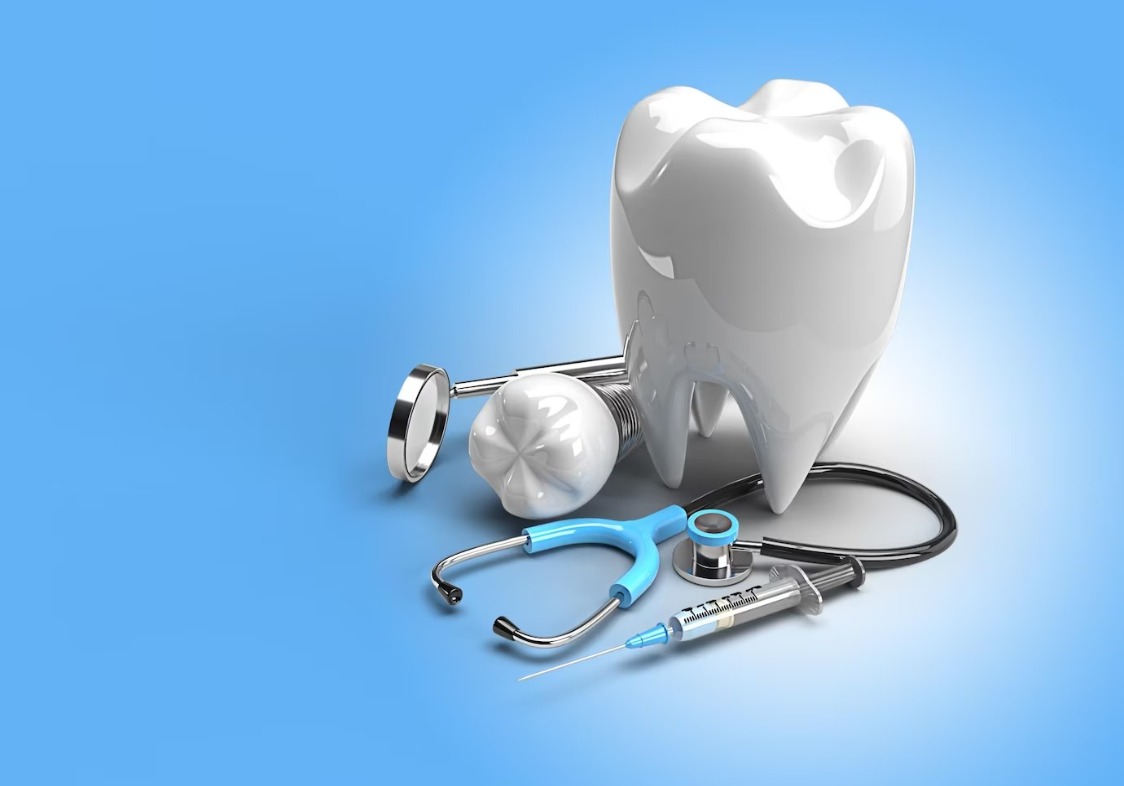
In recent years, the dentistry industry has witnessed a groundbreaking transformation with the advent of 3D printing technology. The integration of 3D printing in dentistry has not only revolutionized traditional practices but has also paved the way for more efficient, precise, and patient-centric solutions. In this comprehensive exploration, we delve into the myriad ways 3D printing is reshaping the landscape of dentistry, from personalized prosthetics to streamlined workflows.
3D Printing for Dentistry: A Game-Changer
- Customized Prosthetics and Implants:
- One of the most remarkable applications of 3D printing in dentistry is the creation of customized prosthetics and implants. Dentists can now design and produce patient-specific crowns, bridges, and dental implants, ensuring a perfect fit and improved functionality. This personalized approach enhances patient comfort and overall treatment outcomes.
- Digital Impressions and Model Fabrication:
- 3D printing eliminates the need for traditional messy impressions by enabling digital scanning of a patient’s oral cavity. This digital data can be used to create accurate 3D models of teeth and gums, allowing for precise diagnosis and treatment planning. The transition from analog to digital impressions streamlines the entire process, reducing patient discomfort and saving valuable time.
- Orthodontic Aligners and Braces:
- Orthodontic treatments have also been revolutionized by 3D printing technology. Customized clear aligners and braces can be produced with unparalleled precision, offering patients a more comfortable and aesthetically pleasing alternative to traditional orthodontic appliances. The ability to tailor orthodontic devices to individual patient needs enhances treatment effectiveness.
- Surgical Guides for Precise Procedures:
- 3D printing facilitates the creation of surgical guides for implant placement and other complex dental procedures. These guides are designed based on digital treatment plans, ensuring unparalleled accuracy during surgery. Dentists can navigate procedures with greater confidence, leading to improved success rates and reduced post-operative complications.
- Cost-Efficient Prototyping and Testing:
- Dental professionals can utilize 3D printing for rapid prototyping of dental devices and appliances. This enables them to test designs, make adjustments, and iterate quickly before finalizing the production of the actual prosthetics or appliances. The cost-effectiveness of 3D printing in the prototyping phase contributes to overall efficiency in dental practices.
- Educational Tools and Patient Communication:
- 3D printing facilitates the creation of detailed anatomical models that serve as invaluable educational tools for both dental professionals and patients. These physical models enhance communication, allowing dentists to explain procedures and treatment plans more comprehensively. Patients can gain a better understanding of their oral health, fostering informed decision-making.
3D Printing Changing the Dentistry Landscape:
The integration of 3D printing in dentistry goes beyond enhancing specific treatment modalities; it fundamentally transforms the entire workflow and approach to patient care.
- Efficiency and Time Savings: 3D printing reduces the time required for various dental procedures. From digital impressions to the production of prosthetics, the streamlined workflow enhances efficiency, allowing dentists to serve more patients effectively.
- Improved Patient Experience: The personalized nature of 3D-printed dental solutions contributes to an enhanced patient experience. Reduced discomfort during impressions, shorter treatment times, and better-fitting prosthetics lead to higher patient satisfaction and loyalty.
- Enhanced Treatment Planning: Digital technologies, coupled with 3D printing, provide dentists with advanced tools for treatment planning. Accurate models and digital simulations empower dentists to plan and execute procedures with unprecedented precision.
- Innovation and Research Opportunities: The dynamic nature of 3D printing opens doors for continuous innovation and research in dentistry. Dental professionals can explore novel materials, techniques, and applications, pushing the boundaries of what is possible in oral healthcare.
Major Benefits
Temporary Restorations and Prosthetics:
3D printing allows for the rapid production of temporary crowns, bridges, and dentures. This proves especially valuable in situations where immediate solutions are needed, providing patients with functional and aesthetically pleasing restorations while permanent ones are being fabricated. The efficiency of 3D printing reduces the time patients spend with provisional devices.
Bioactive and Patient-Specific Materials:
The evolution of 3D printing materials has given rise to bioactive options that promote tissue regeneration and integration. Dental professionals can now utilize patient-specific materials tailored to individual needs, enhancing the biocompatibility of dental devices. This contributes to improved long-term outcomes and patient satisfaction.
Removable Prosthodontics:
Removable dentures and partials benefit from the precision and customization offered by 3D printing. Dentists can design removable prosthetics that precisely fit a patient’s oral anatomy, providing increased comfort and stability. The ability to iterate designs quickly enables adjustments for optimal functionality.
Digital Smile Design (DSD):
3D printing plays a pivotal role in Digital Smile Design, a comprehensive approach to cosmetic dentistry. Dentists can create 3D-printed models that allow patients to preview and approve the outcome of cosmetic procedures, ensuring alignment with their aesthetic preferences before the actual treatment begins.
Teaching and Training Models:
Educational institutions and dental training programs benefit from 3D printing by creating anatomically accurate models for teaching purposes. These models simulate various dental conditions, allowing students to practice procedures and hone their skills in a risk-free environment before working on real patients.
Continual Advancements in Materials:
The ongoing development of 3D printing materials for dentistry contributes to an expanding range of possibilities. From biocompatible resins to flexible polymers, the variety of materials available allows for the fabrication of diverse dental devices with specific properties, such as durability, flexibility, and translucency.
Enhanced Communication in Multidisciplinary Cases:
In cases involving multiple specialists, 3D printing fosters enhanced communication. Digital files can be shared seamlessly between dental professionals, oral surgeons, and other specialists involved in a patient’s care. This collaborative approach ensures a cohesive and comprehensive treatment plan.
Digital Integration for Comprehensive Care:
3D printing is often integrated into broader digital dentistry workflows, including CAD/CAM (Computer-Aided Design/Computer-Aided Manufacturing) systems. This integration ensures seamless communication between digital scanners, software, and 3D printers, creating a cohesive ecosystem that optimizes treatment processes.
Regenerative Dentistry Applications:
Advances in 3D printing contribute to regenerative dentistry, where scaffolds and structures can be printed to support tissue regeneration. This is particularly promising for periodontal and maxillofacial surgeries, providing a platform for enhancing the body’s natural healing processes.
Conclusion:
As we witness the profound impact of 3D printing on the dentistry industry, it becomes evident that we are entering a new era of precision, personalization, and efficiency. The marriage of digital technologies and 3D printing is not just changing how dental procedures are performed; it is redefining the very essence of oral healthcare. Dental professionals embracing these technological advancements are not only providing superior care to their patients but also contributing to the ongoing evolution of dentistry as a whole. As 3D printing continues to advance, the future of dentistry holds even more exciting possibilities, promising brighter smiles and healthier outcomes for patients worldwide.




